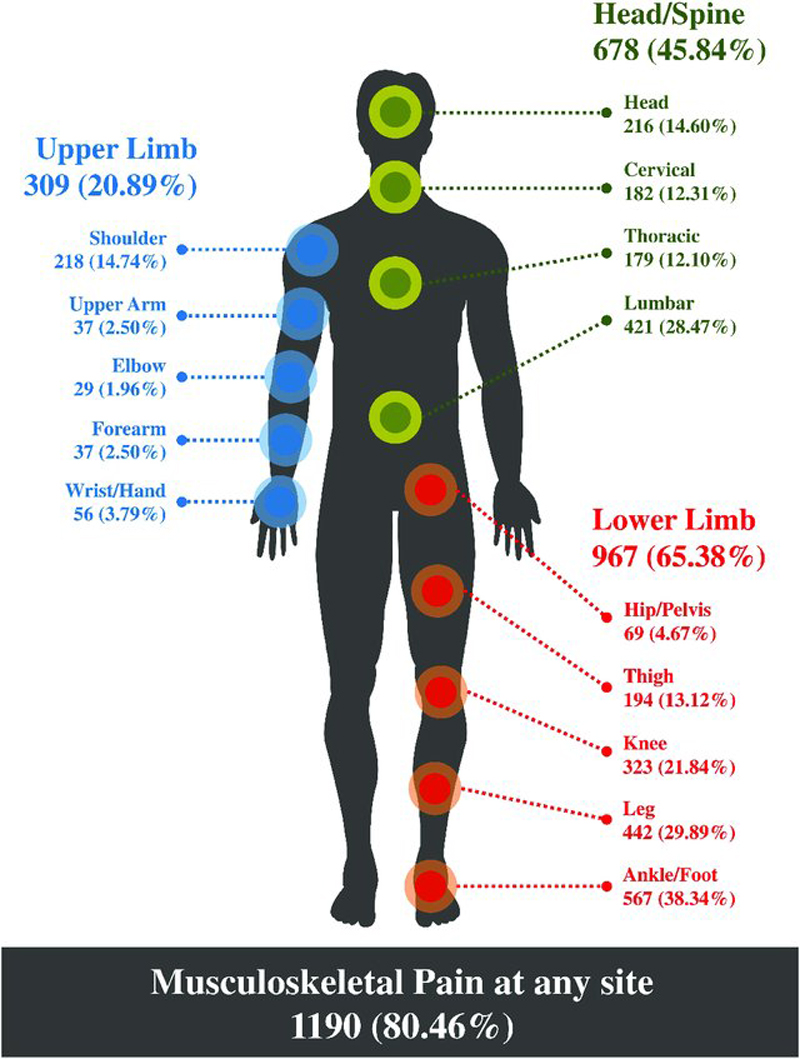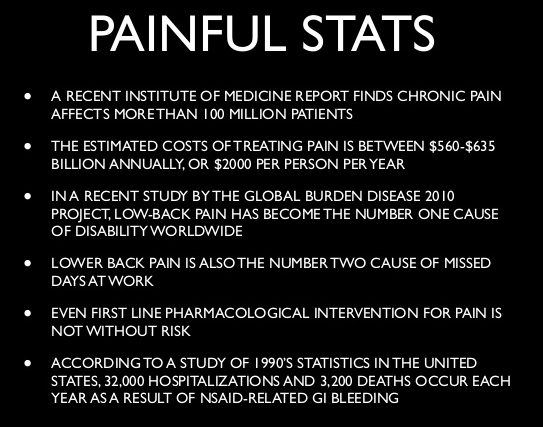Spinal Pain, Chronic Health Conditions and Health Behaviors: Data from the 2016-2018 National Health Interview Survey
Spinal Pain, Chronic Health Conditions and Health Behaviors: Data from the 2016-2018 National Health Interview Survey
SOURCE: Int J Environ Res Public Health 2023 (Apr 3); 20 (7): 5369
| OPEN ACCESS |
Katie de Luca, Patricia Tavares, Haiou Yang, Eric L Hurwitz, Bart N Green, Hannah Dale, Scott Haldeman
Discipline of Chiropractic,
School of Health, Medical and Applied Science,
CQ University,
Brisbane, QLD 4701, Australia.

FROM: J Pain Res. 2021
Spinal pain and chronic health conditions are highly prevalent, burdensome, and costly conditions, both in the United States and globally. Using cross-sectional data from the 2016 through 2018 National Health Interview Survey (n = 26,926), we explored associations between spinal pain and chronic health conditions and investigated the influence that a set of confounders may have on the associations between spinal pain and chronic health conditions. Variance estimation method was used to compute weighted descriptive statistics and measures of associations with multinomial logistic regression models. All four chronic health conditions significantly increased the prevalence odds of spinal pain; cardiovascular conditions by 58%, hypertension by 40%, diabetes by 25% and obesity by 34%, controlling for all the confounders.
There is more like this @ our:
LOW BACK PAIN Section and the:
CHRONIC NECK PAIN Section and the:



